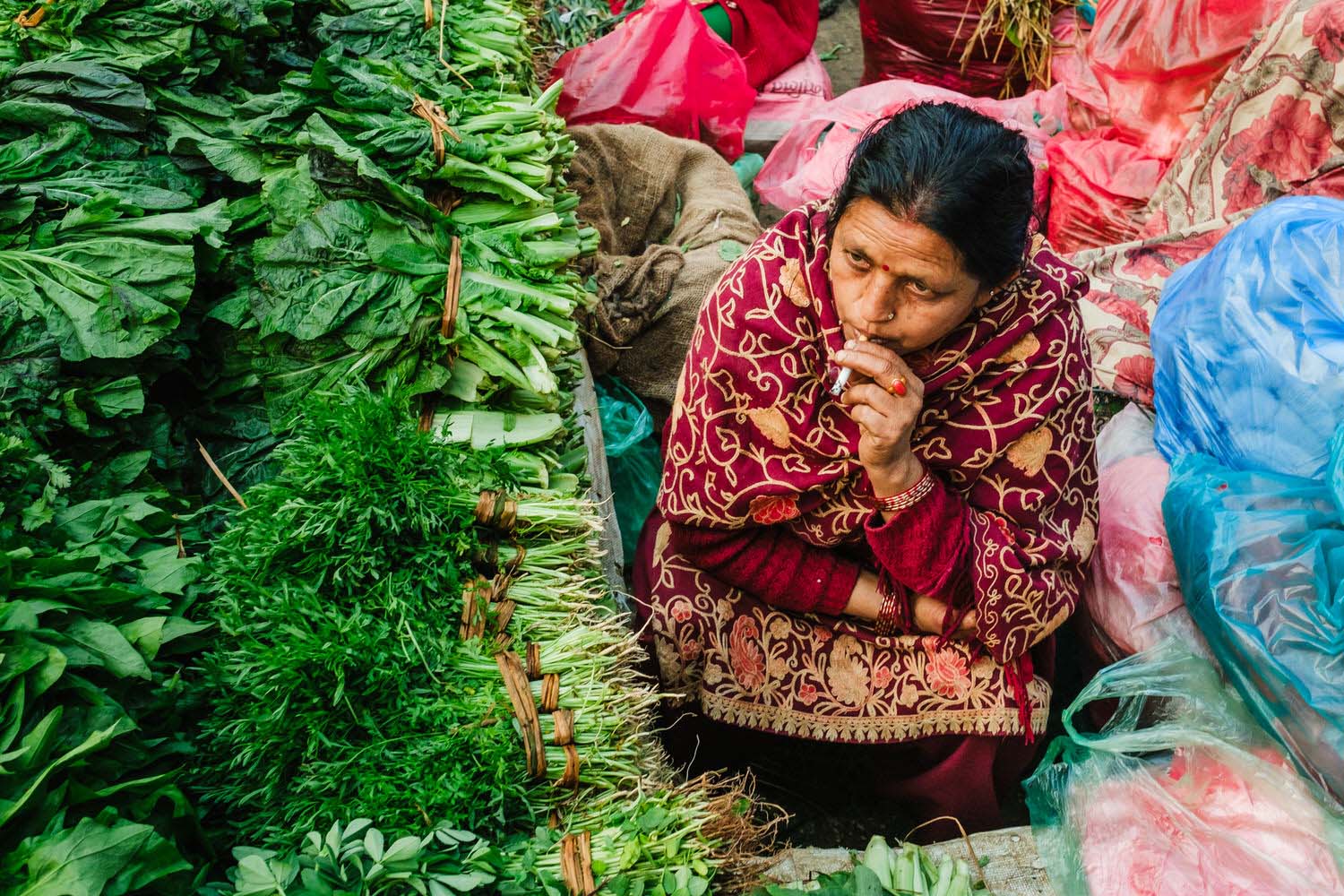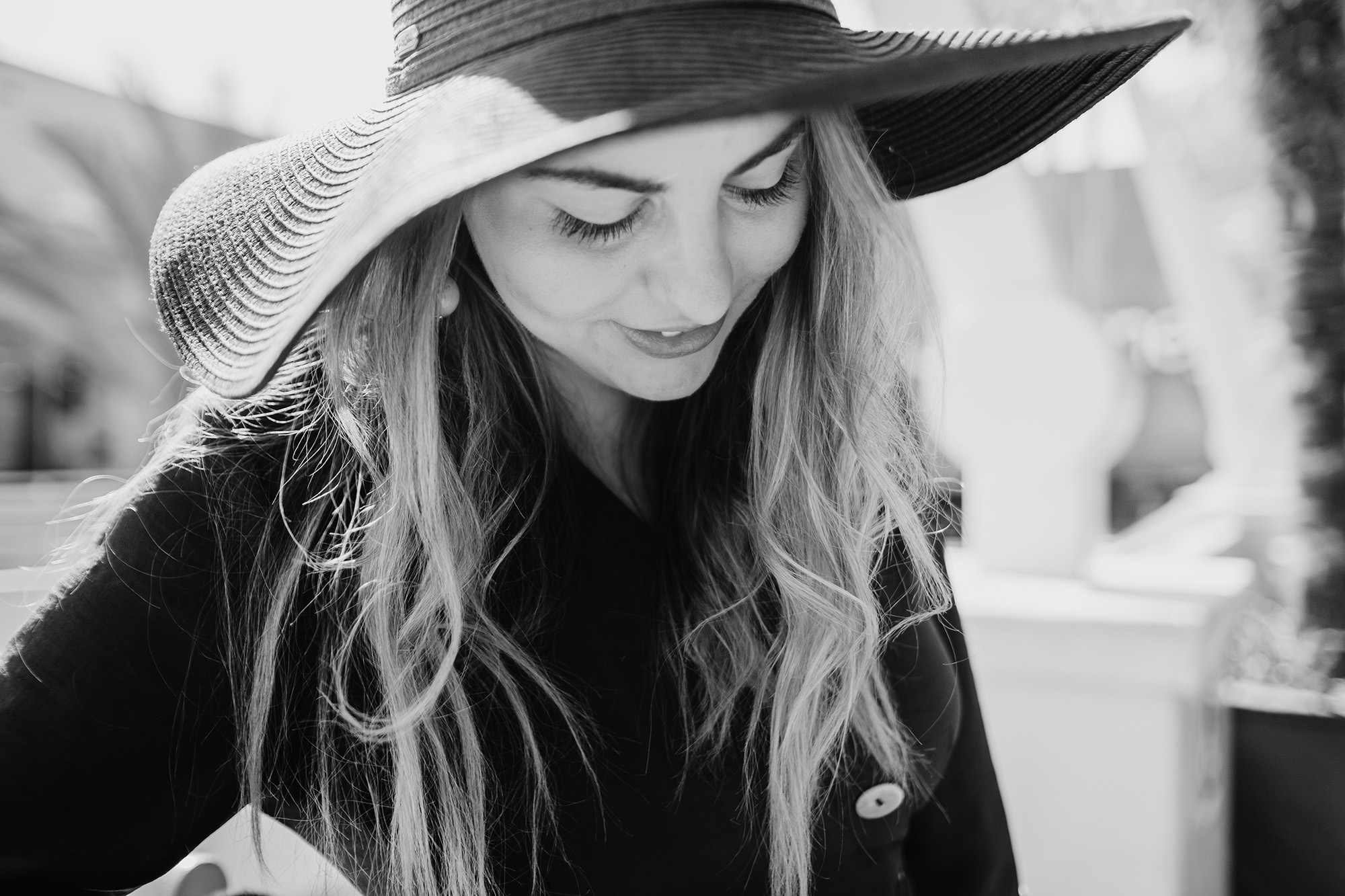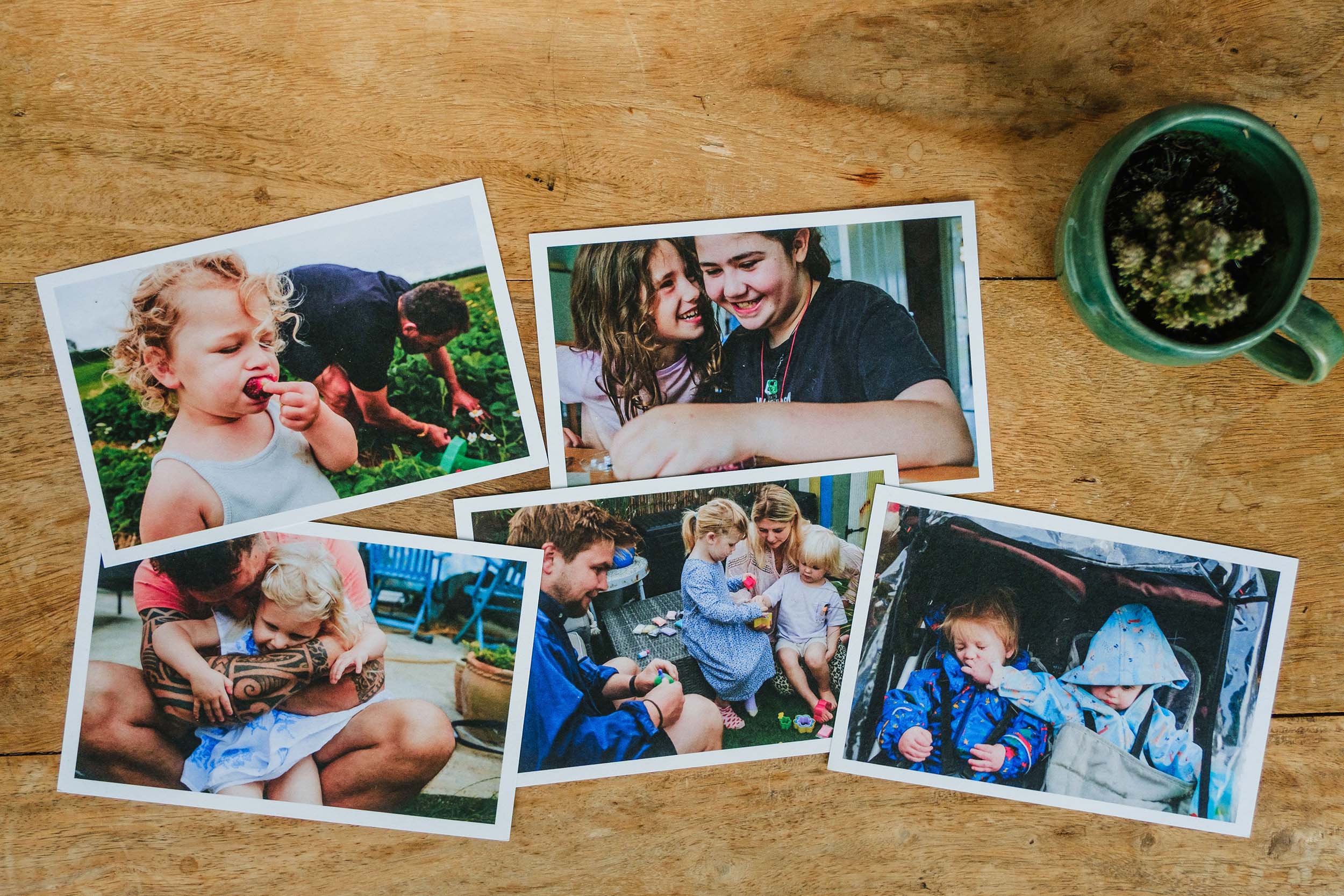What happened to this year? We’re only in March and the whole world seems to have gone mad! I hear you, it’s terrible – we’re all scared and unsure of what’s coming and this pandemic is something we all have to come to terms with. But being someone with a generally positive outlook on life, I’m going to try and give some suggestions on how to deal with this “new normal”.
As a documentarian – or something of that kind – this mad situation is presenting itself as an incredible chance to record life around us while dealing with a reality that’s different from everything we know. My daily (or some days even hourly) mood swings between anxious, inspired, nervous, positive, scared, grateful, overwhelmed and optimistic. Nobody knows how to deal with any of it and we all make it up as we go.
But one thing I know for sure is that with the advice (or instruction) to self-isolate, we’ll be spending a lot more time with ourselves and/or families than usual. Actually, we’ll probably never get to spend so much time together again. This year will be different in many ways so let’s all document that!
Here are some tips and suggestions on how to do that:
3 creative ways to document your life during a crisis
1. Take photos of everyday moments
Take photos of your kids doing their homework, exploring the garden, make and have lunch. Take photos of your partner working from the desk, the couch, the bed, the bathtub. Take photos of your own desk, your view from where you sit, your daily routines that start to form.
Why?
Because time flies. Now more than ever can we see how fragile our lives are and how small changes can have a massive impact. We all love looking at pictures from year or decades ago because it shows us a world that we don’t remember or haven’t even been able to experience. It’s fascinating seeing history documented.
How?
You don’t need a fancy camera, your phone will be good enough. There are no rules – unless you create some for yourself. Take snapshots, try some artsy shadow plays, take photos of the details around you.
Maybe you’re one of those people got bought or got a camera a few years ago but never had time to really master it. Well guess what, this is the time! Learn online how to use it or message me for some online training sessions where I can tell you more about how your camera works and how you get the best images out of it.
What to do with it?
This is a good point. What should you do with all those photos that you collect on your phone/camera/hard drive? Create an Instagram account to collect your memories – this way you can share those with your friends and family that you currently can’t see. Or create a video slideshow. And print the photos, create a photobook. There are an abundance of online photo labs that you can use to print your images. Imagine looking back through a phonebook (or multiple) in a year’s time that documented how you as a family overcame this tough situation. Without a family around you, it will remind you of the small and big things in your life and how this experience shaped you.
Resources:
Animoto – slideshow tool with fun effects, free and paid accounts available
Saal Digital – photo lab that offers beautiful and high-quality prints as well as wall art and photo albums
Blurb
– design and print your own photoalbums
Inkify – print lab that focusses on square images offering different print products including albums. Extra brownie points for this company aiming for sustainability.
Since I’m currently doing a project 365 and am a freelancer without a designated office, I take a lot of photos at home. Hopefully these images show you that photos can be of unexciting things but still have weight and importance. Life isn’t always exciting or extraordinary but that doesn’t mean it’s not worth documenting.
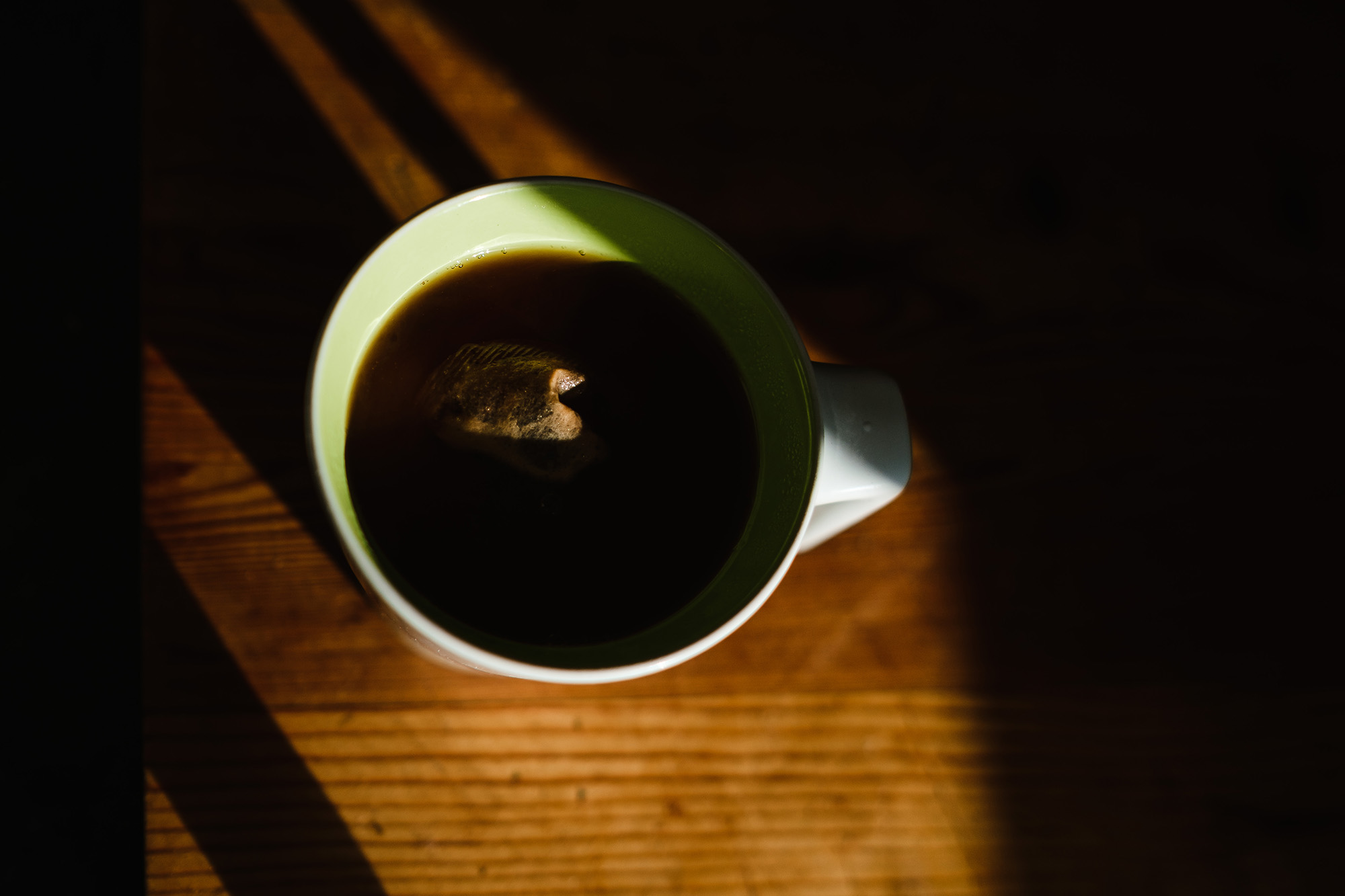
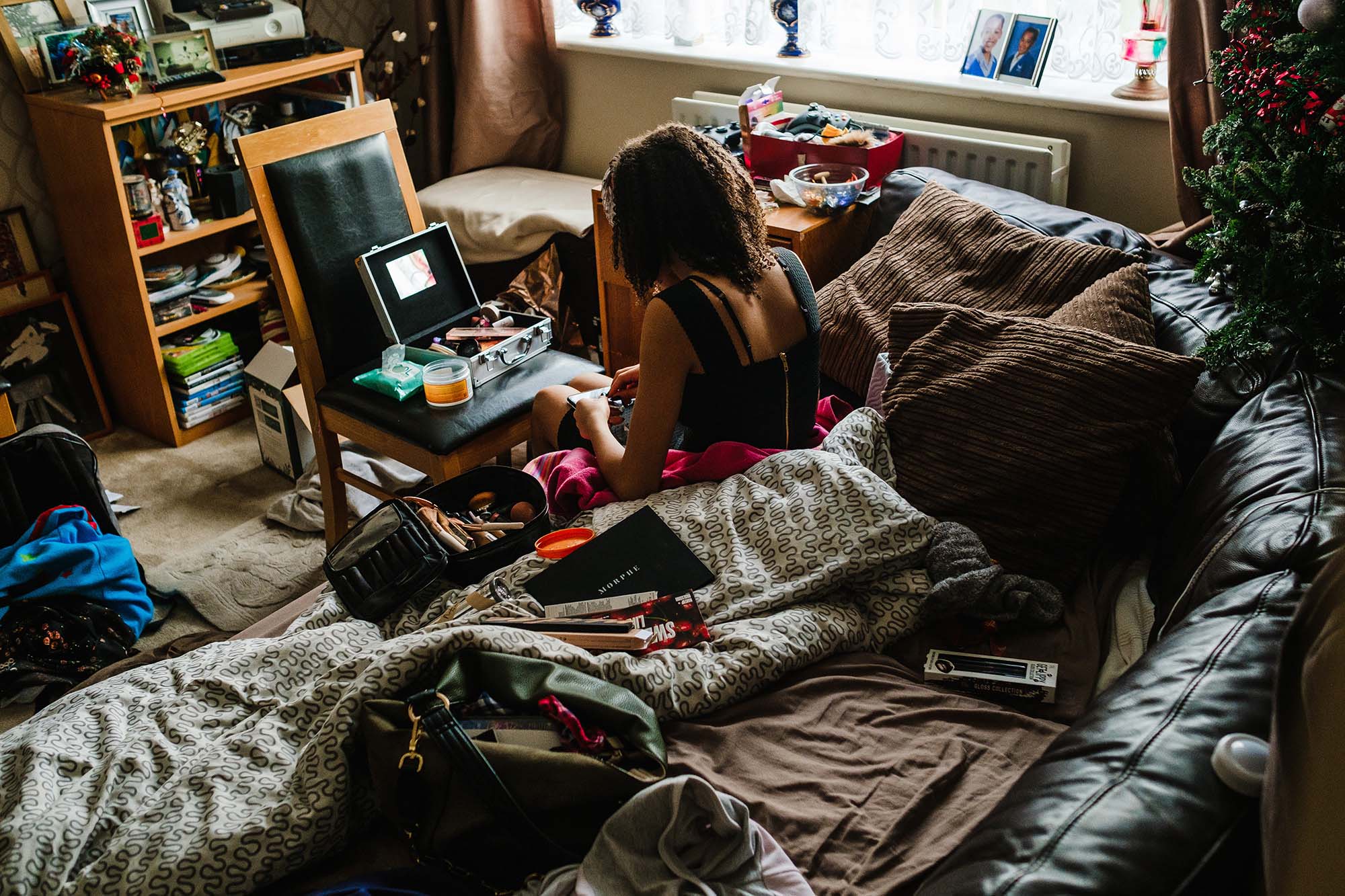
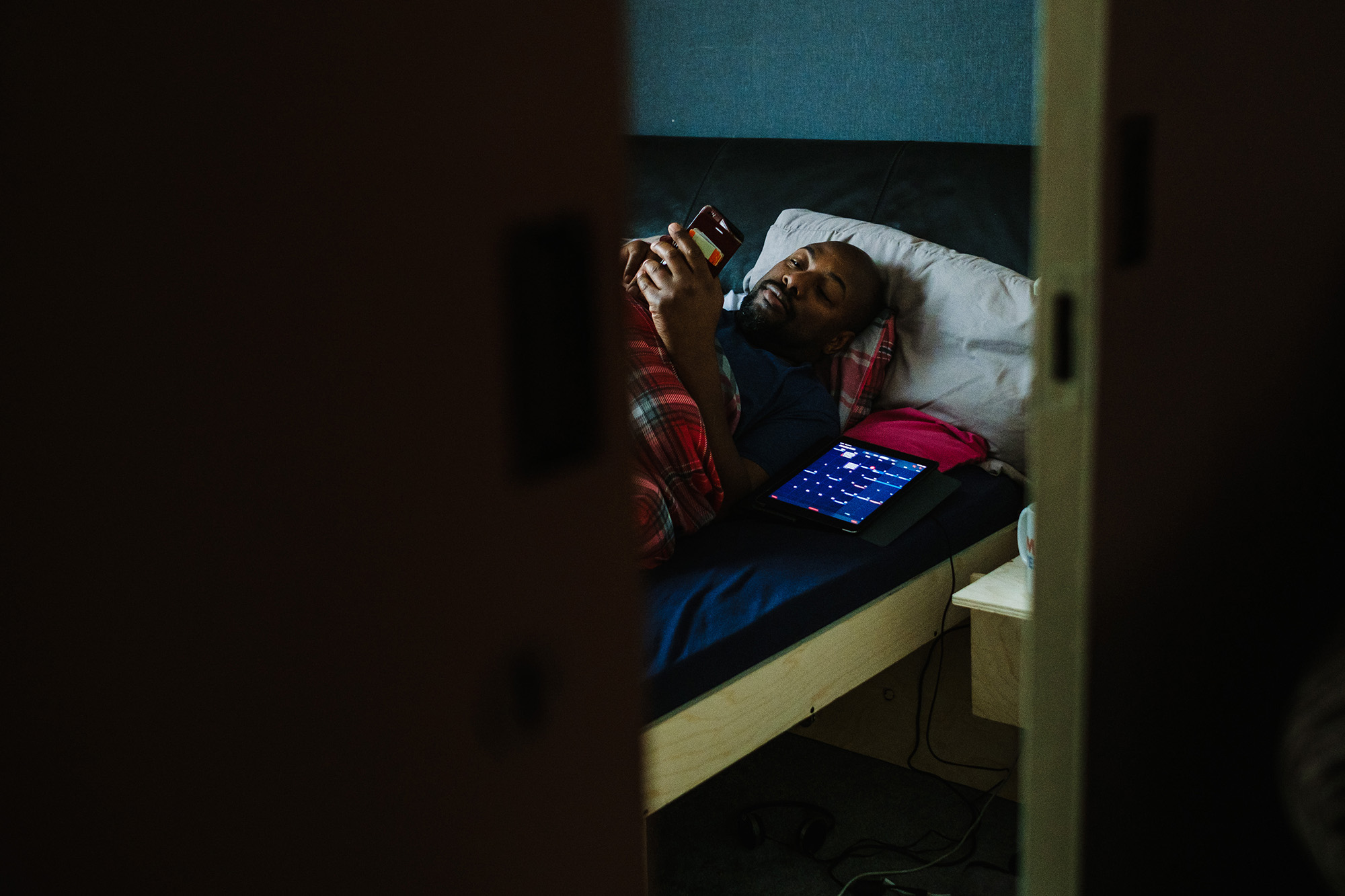
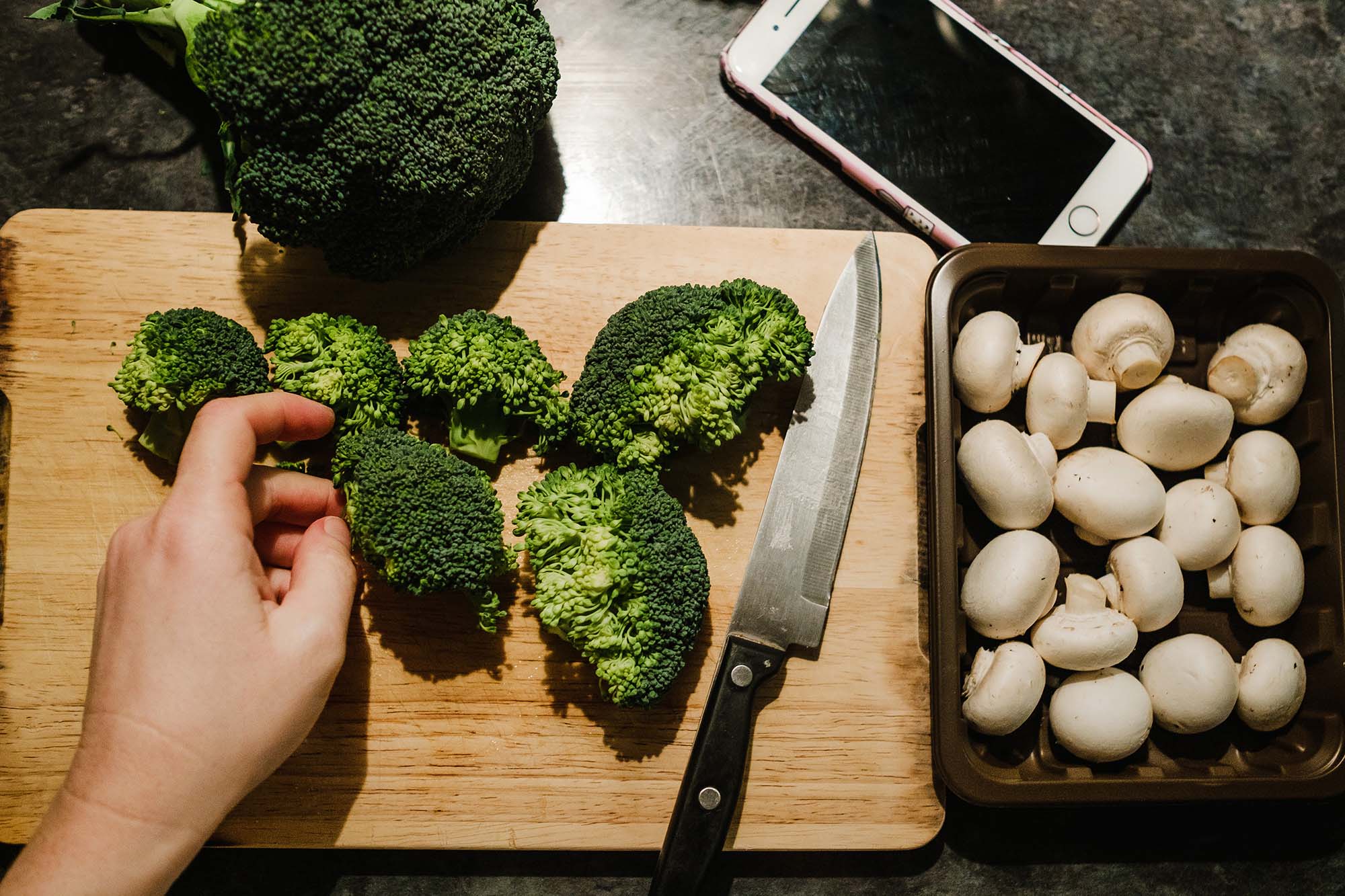
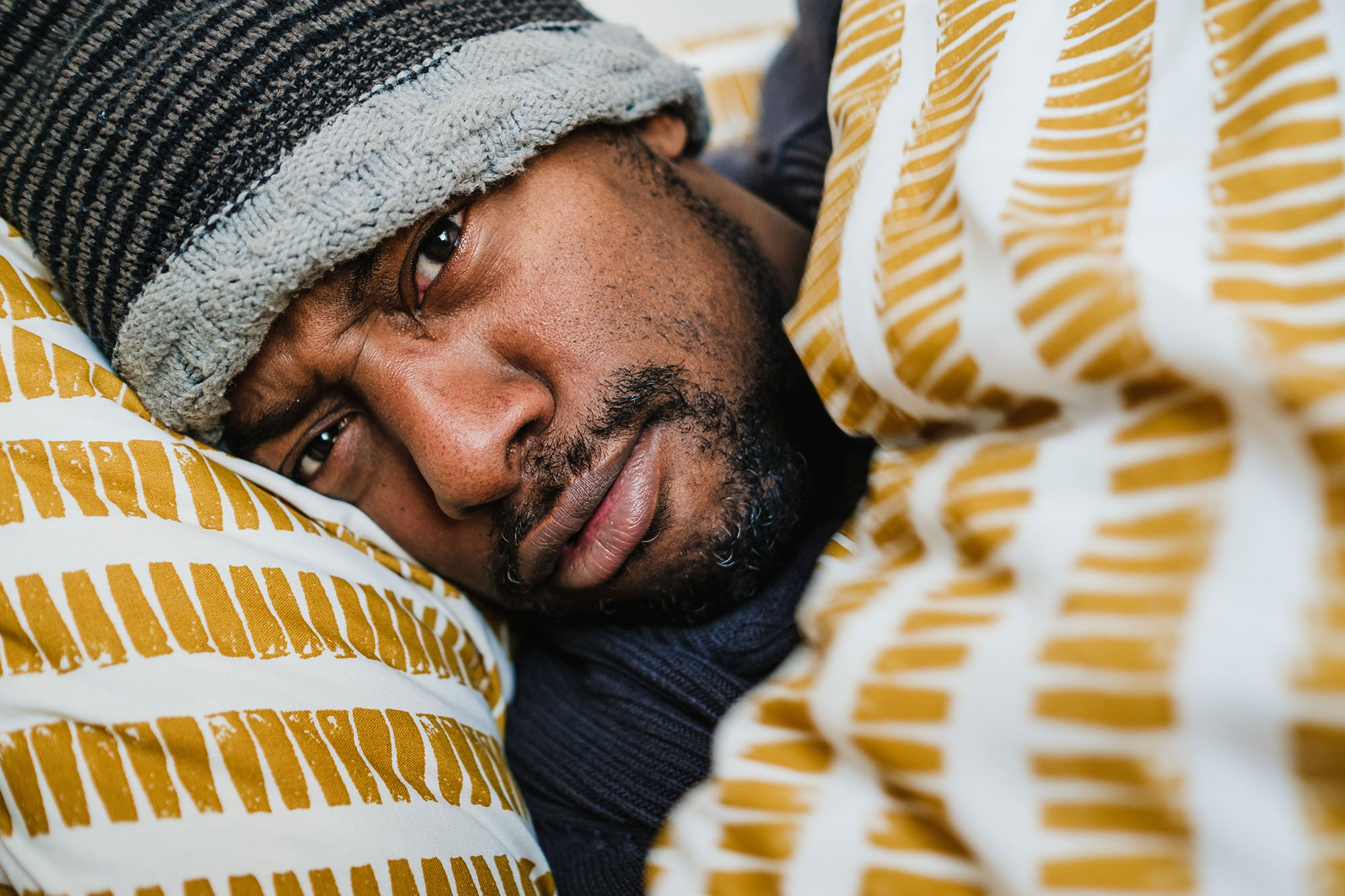
2. Write down your own story
Write letters to yourself or start a journal. Or a blog even. Write down how this time feels and what you’re doing to deal with it. Try to focus on the positives but don’t close your eyes to the bad parts. Writing things down helps you to work through your emotions. This can make it easier to cope with challenging situations but also, keeping a record of how this time feels for you will be so valuable in years to come.
Remember the journals you wrote when you were a teenager? So much drama! But isn’t it fun to get them out and read through them?
Have you ever found your grandma’s letters to your grandpa? Or her journal? It transports you back to a time that you haven’t experienced and lets you get to know your family in a different way. Image your grandchildren or other relatives being able to read through these memories. They will talk about struggles and fears and hopefully overcoming a time that nobody knew how to manage.
Why?
It can be cathartic and helpful to write down your thoughts, even if nobody is ever going to read them. It can help you deal with stress and reevaluating a situation.
How?
Your computer, your phone, a notebook – whatever works best for you. If you don’t like typing, use your computer’s or phone’s dictate function. Technology is our friend, let’s use it.
What to do with it?
Put it on a blog for others to read. It can help. Or keep it to yourself to read it after the storm has calmed down. Or never read it again.
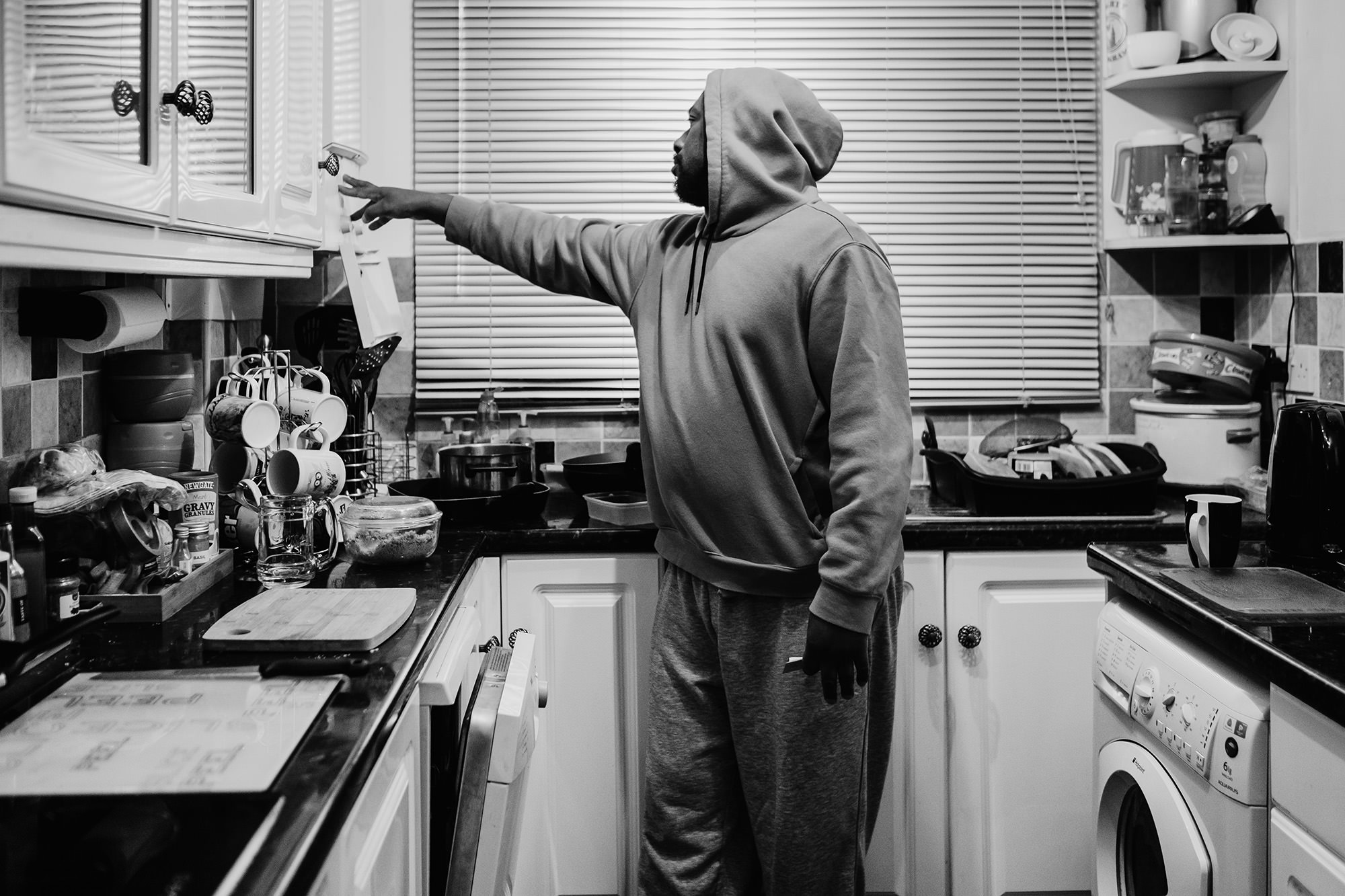
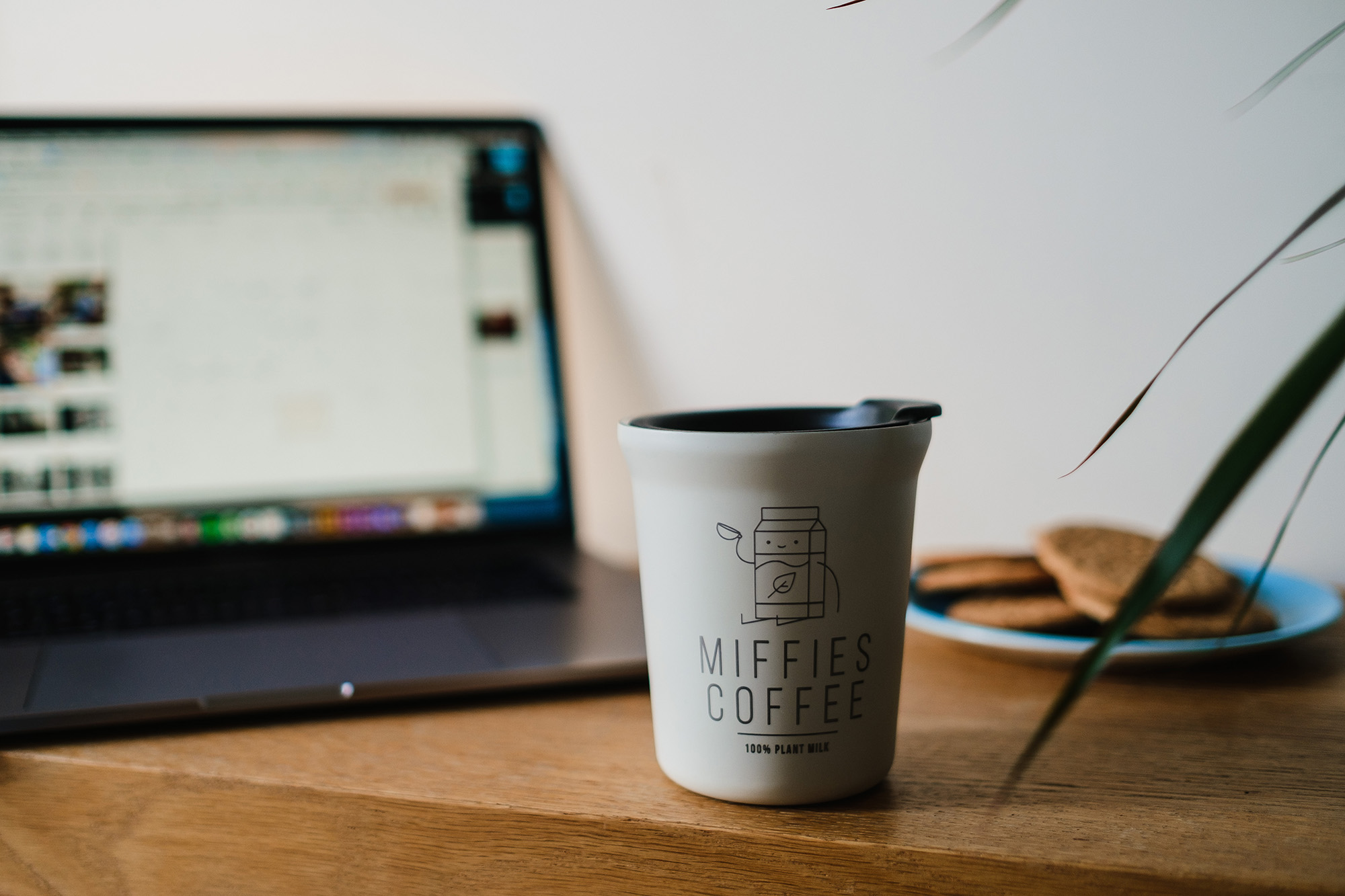
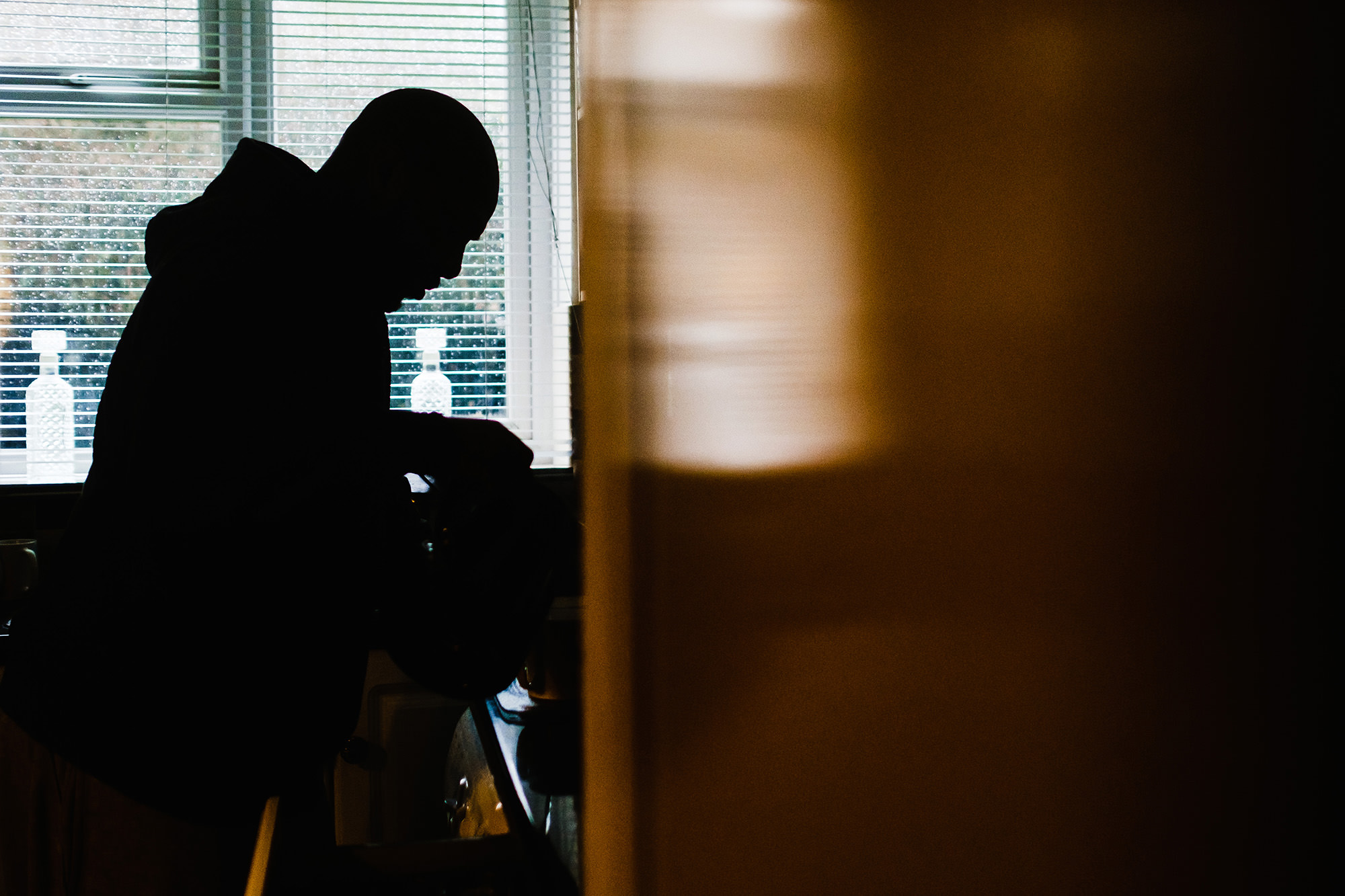
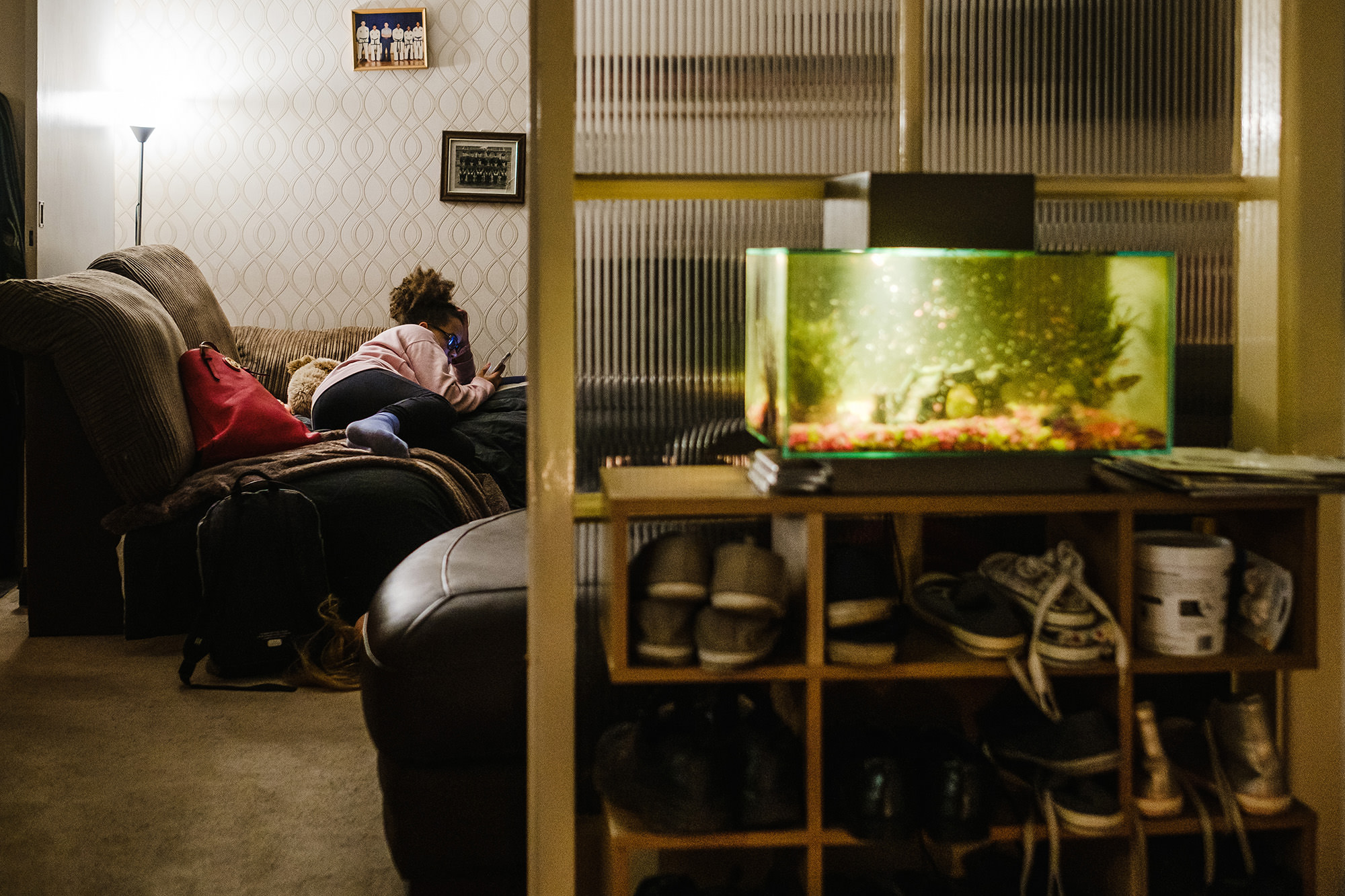
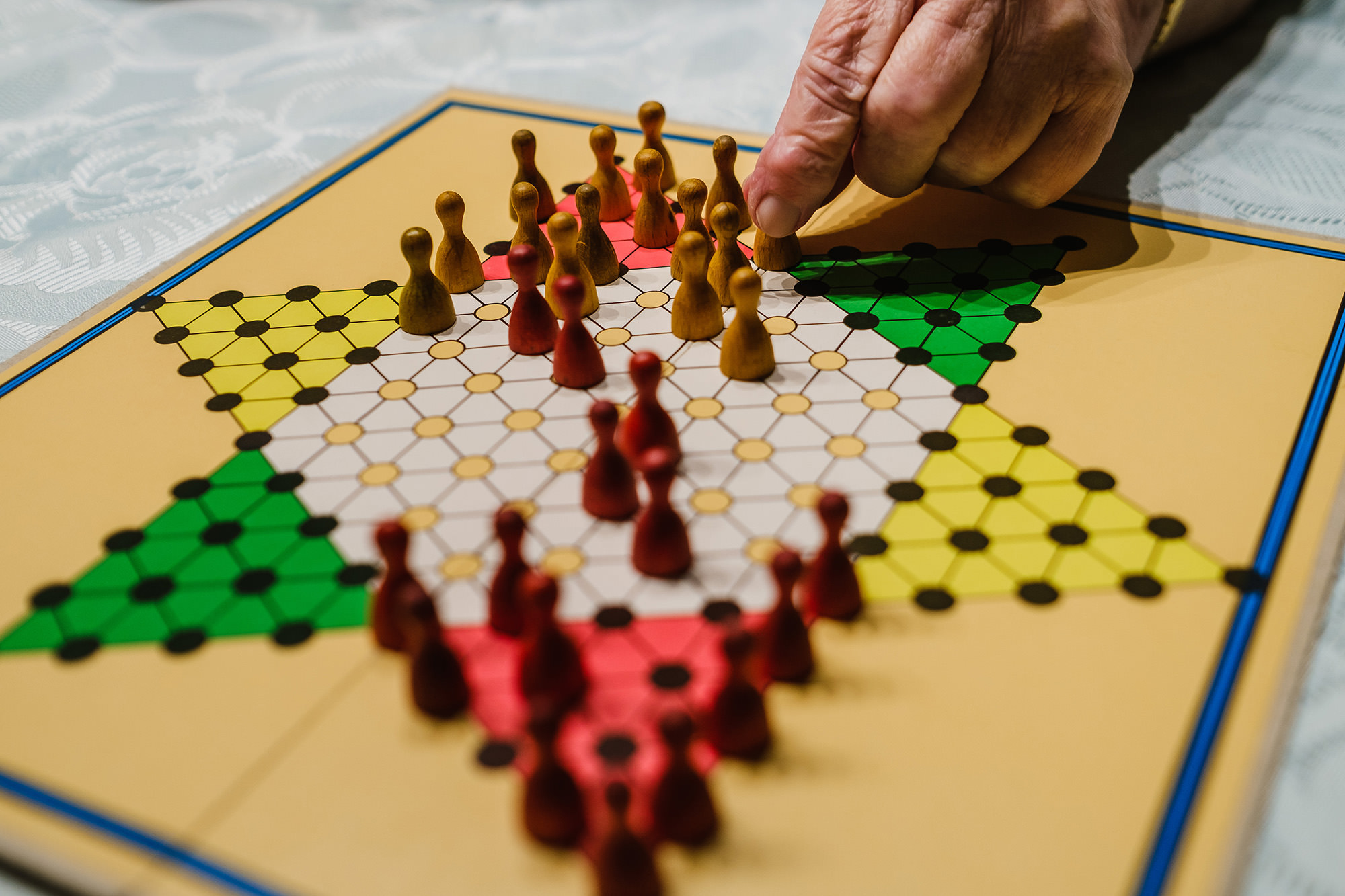
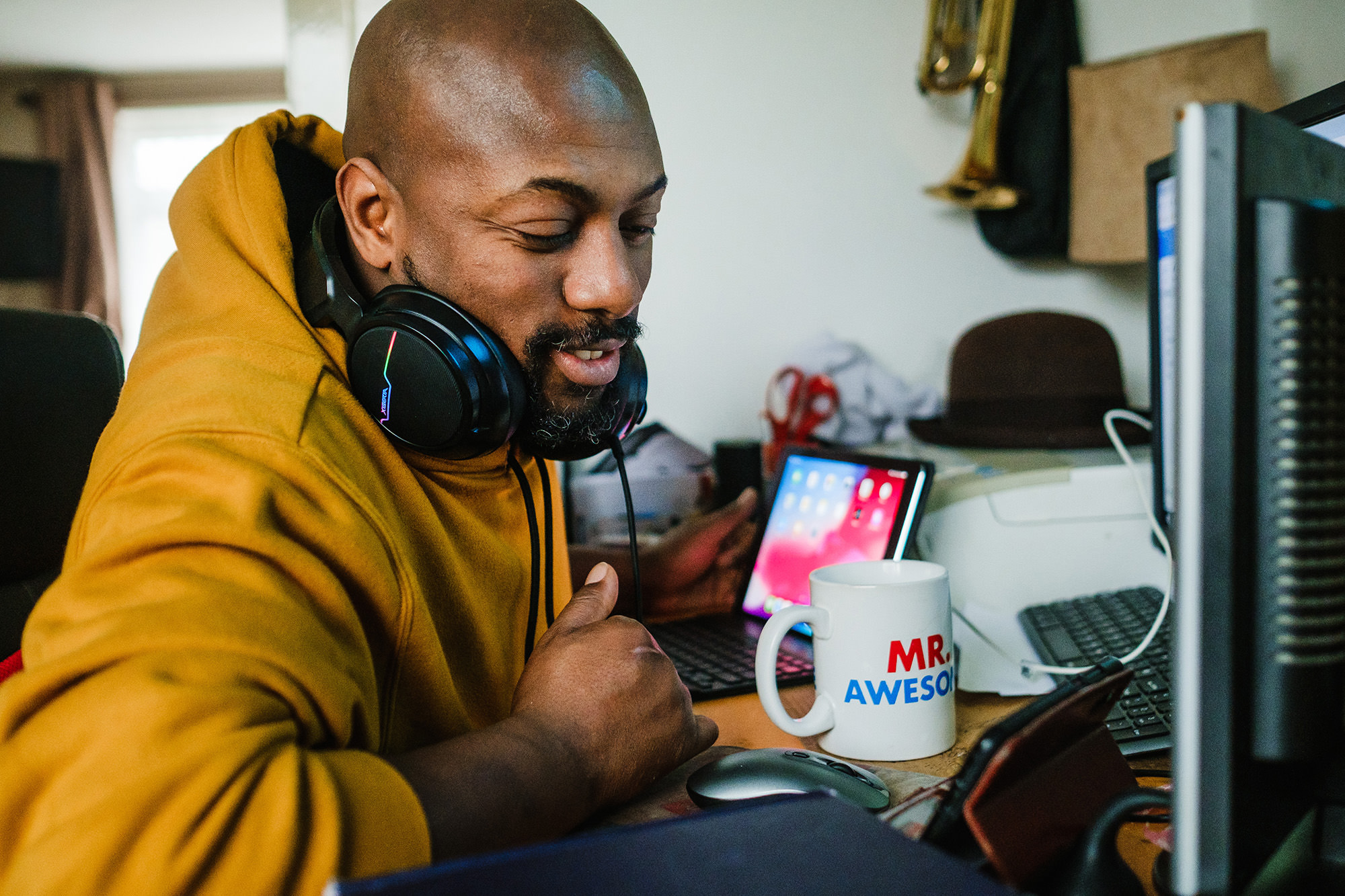
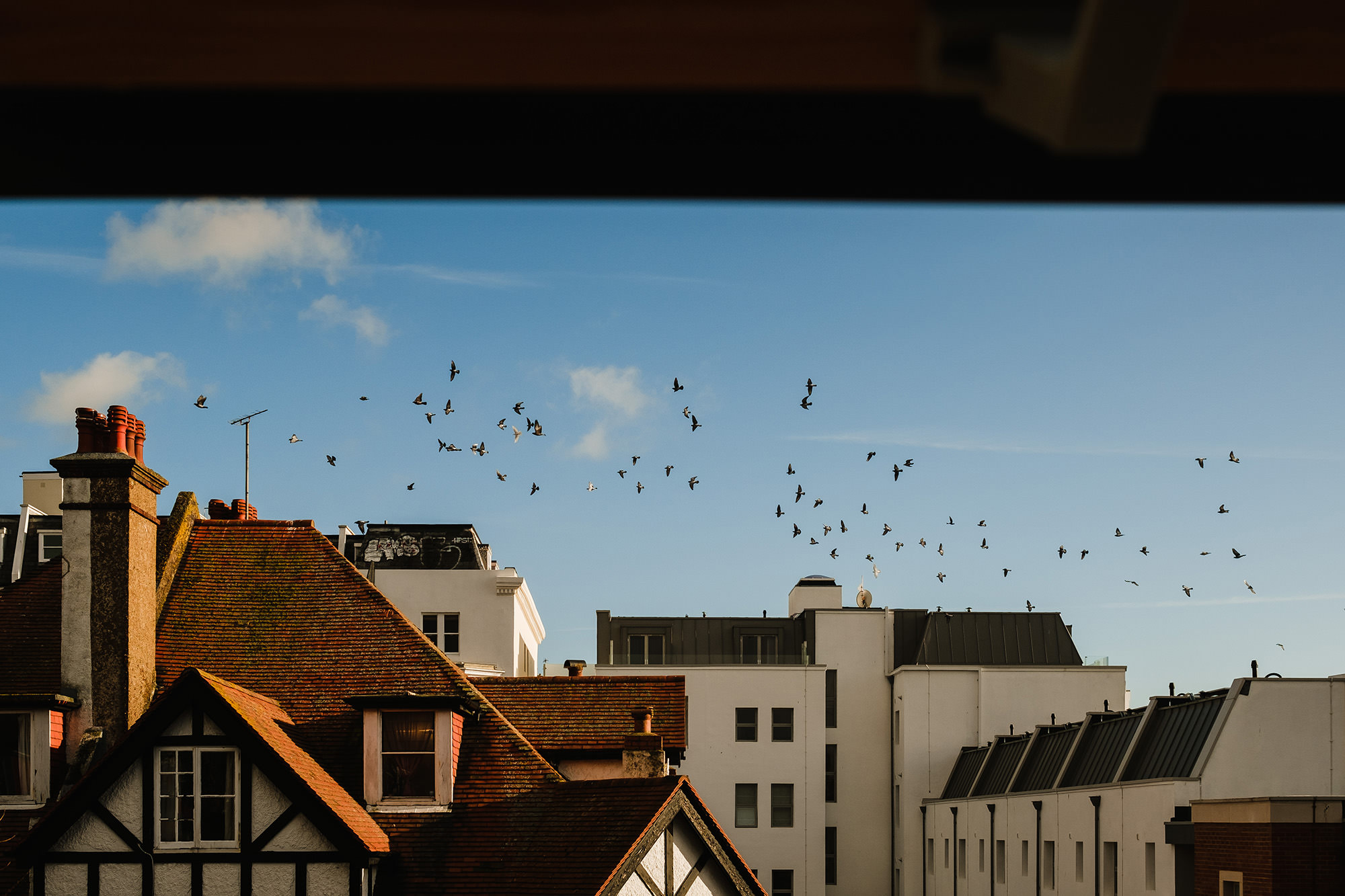
3. Film your daily life at home
Record little videos of the life around you. Basically, it’s the same as if you followed my first tip but this time you use your camera or smartphone in video mode. By adding motion and sound, you’ll get a whole new layer of emotions connected to your footage. As a filmmaker, I can’t tell you enough how much of an impact sound and movement can have.
Why?
Same as the photo stories I mentioned before. While being in a state of social isolation, our whole lives feel like they’re changing. No matter how ordinary or boring your current situation might seem, once we get through this, things will have changed and you will have a documentation of what happened and how – at least in your little universe.
How?
Your phone will do but if you have a camera that can record video and this is something you’ve always wanted to try – go for it.
If you stick to your phone, decide if you want to record in landscape or portrait mode – stick to one to have consistency throughout the project and the final edit.
The editing can be relatively simple – there are apps out there that cater to people who’ve never edited a video before. It also means you can learn a new skill. And if you struggle with this, get in touch with me and I’ll help you. I offer online training for photography and video which can be done via Skype or FaceTime.
What to with it?
What to do with the clips you collected on your phone/camera/computer? This is the big question – imagine a fully edited video of your isolation time to rewatch. I know, it might sound boring but if you haven’t tried, you won’t know. And I’m pretty sure that watching your own life in a video with sound will have an effect on you. With apps like 1SecondEveryday, you can easily create short videos without even needing to know how to edit a video. All you do is record clips, load them into the app and let the software create the finished clip. It really couldn’t be much easier.
Resources
1secondEveryday – mobile app to collect snippets of videos and edit them without needing to know how to edit
Adobe Premiere Rush – Adobe video editing tool for smartphones
iMovie – Apple video editing app for iMac, MacBook or iPhone
Davinci Resolve – free video editing app for desktop
InShot – Video editing app
Here is a video I edited a while ago of a trip to New York. I shot all of this on my phone and edited in Adobe Premiere but this could easily be done in any of the above-mentioned apps.
These are just 3 ways to be present while coping with our “new normal”. I’m a big believer in documenting our lives – for ourselves, our families and friends. In a year (or many) you can read that journal, watch the videos or browse through a photo album full of memories of an extreme situation that will have brought us all a little closer. It will be a history lesson for all of us and a testament of what we’ve managed to overcome.
Stay safe everybody. And stay (or get) creative. Distract your mind by making and noticing little things to be grateful for.
Thanks for reading!



